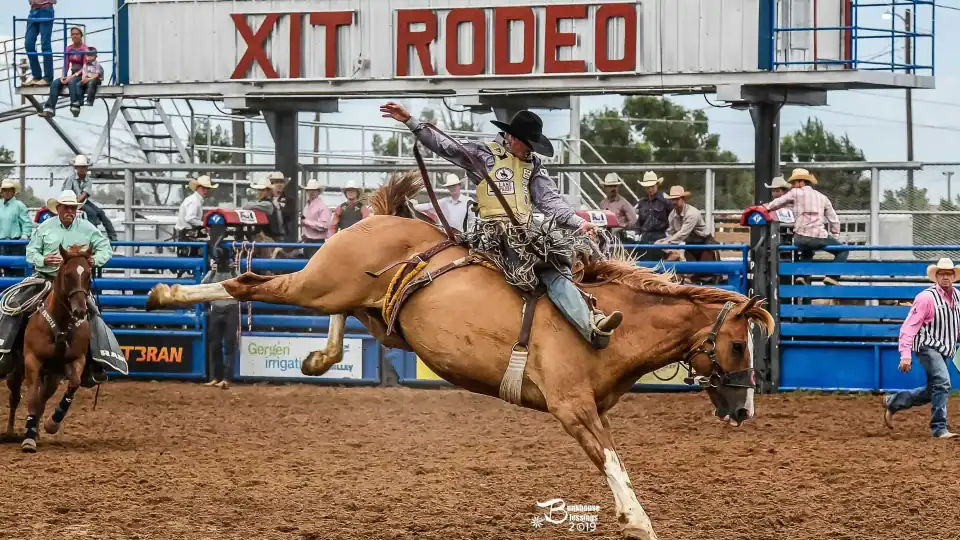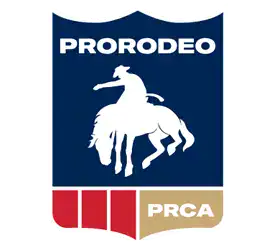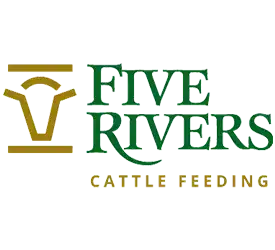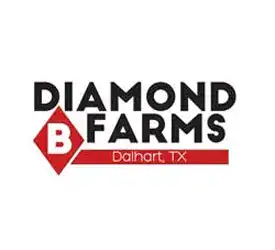About XIT Rodeo and Reunion
89th AnnualXIT Rodeo & Reunion
August 7th – 9th, 2025
For over a century, the XIT Rodeo & Reunion has stood as a proud tradition in Dalhart, Texas, celebrating the rich heritage of the Old West. As one of the most iconic events in the Texas Panhandle, this annual gathering brings together families, cowboys, and visitors from across the country to honor the legendary XIT Ranch, once the largest fenced ranch in the world.
The XIT Rodeo & Reunion is famous for its thrilling rodeo events, lively parades, unforgettable live music, and of course, its legendary free barbecue, recognized as the world’s largest free barbecue. This multi-day celebration offers something for everyone, from adrenaline-pumping bull riding and barrel racing to kid-friendly activities and social events perfect for reconnecting with friends and neighbors.
One of the highlights of the weekend is the XIT Junior Rodeo, where aspiring young cowboys and cowgirls showcase their skills in events like mutton bustin’, calf roping, and goat tying. This exciting competition encourages sportsmanship, courage, and respect for Western traditions.
Rooted in history yet alive with energy, the XIT Rodeo & Reunion is more than just an event — it’s a celebration of community, culture, and Texas pride. Whether you’re a lifelong attendee or visiting for the first time, you’ll find friendly faces, thrilling entertainment, and a taste of true Western hospitality.










